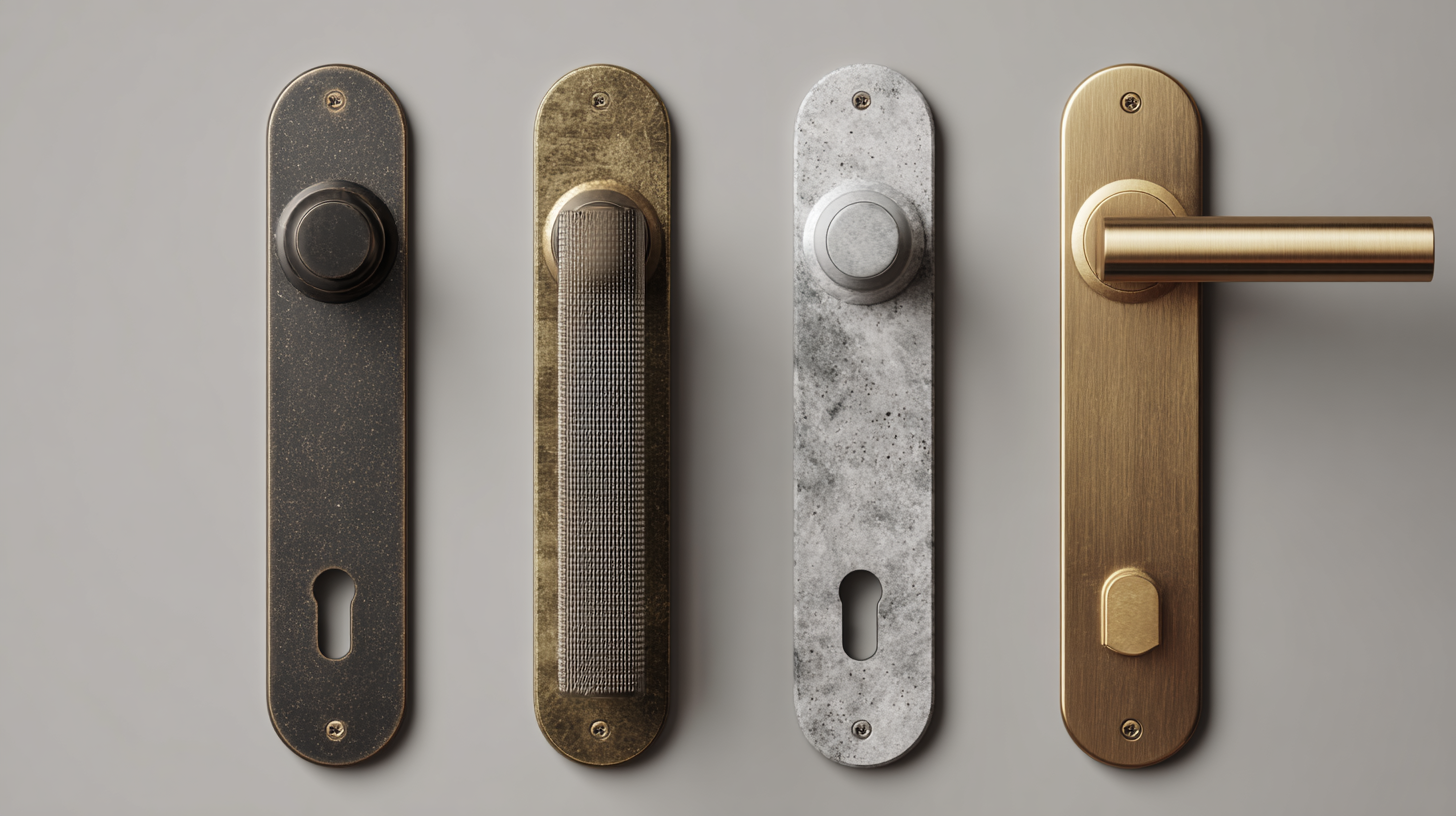As we approach 2024, the door handle industry is witnessing a profound transformation driven by evolving consumer preferences, technological advancements, and a renewed focus on sustainability. According to a recent report by the Global Door Handle Market Research Institute, the global market for door handles is projected to grow at a compound annual growth rate (CAGR) of 5.8%, reaching an estimated value of $8.3 billion by the end of 2024. This growth is reflective of the increasing demand for innovative designs and functional features that align with modern architectural trends.
Industry experts predict that key trends will shape the door handle landscape in 2024, with a significant emphasis on minimalism, customization, and eco-friendly materials. The rise of smart technology is also influencing consumer choices, as more homeowners seek integrated solutions that enhance security and convenience. A recent survey conducted by the Architectural Hardware Manufacturers Association (AHMA) found that 72% of homeowners consider smart functionalities a crucial factor when selecting door handles. This backdrop of critical insights highlights the importance of understanding these trends to remain competitive in a rapidly changing market.
In this article, we will explore the top five door handle trends for 2024, backed by industry data and expert opinions, to help manufacturers, designers, and consumers navigate this evolving landscape effectively.
The push for sustainability is transforming various industries, and the door handle market in 2024 is no exception.
As eco-consciousness grows among consumers, manufacturers are increasingly focusing on developing sustainable and eco-friendly materials for door handles.
This trend not only addresses environmental concerns but also meets the rising demand for products that combine functionality with a lower ecological footprint.
Innovative materials such as recycled metals, bioplastics, and sustainably sourced wood are making their way into designs, reflecting a commitment to responsible production.
Industry experts emphasize that these emerging material trends complement aesthetic values and durability, appealing to a broader audience.
Eco-friendly door handles are not just practical; they are also designed to enhance the overall look of spaces, integrating seamlessly into contemporary interiors.
As the market shifts, manufacturers are expected to implement advanced technologies to optimize production processes, further reducing waste and energy consumption.
This commitment to sustainability demonstrates that the industry is evolving, placing environmental responsibility at the forefront of design and innovation.

Home
Products
About Us
Solutions
Our Service
Blog
Contact Us




